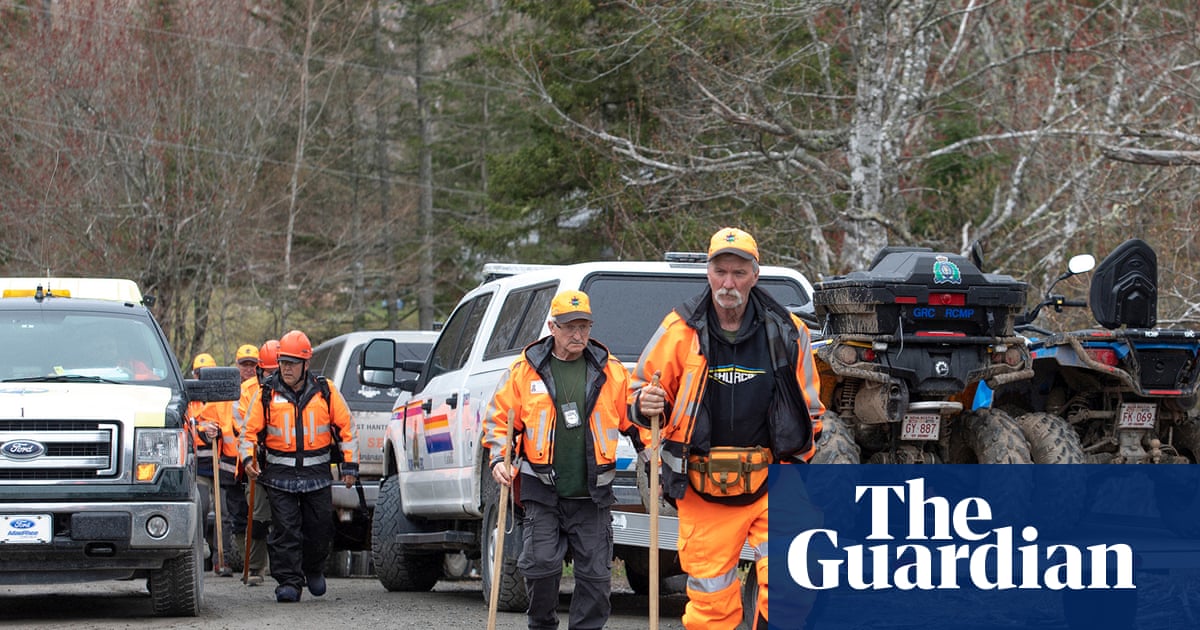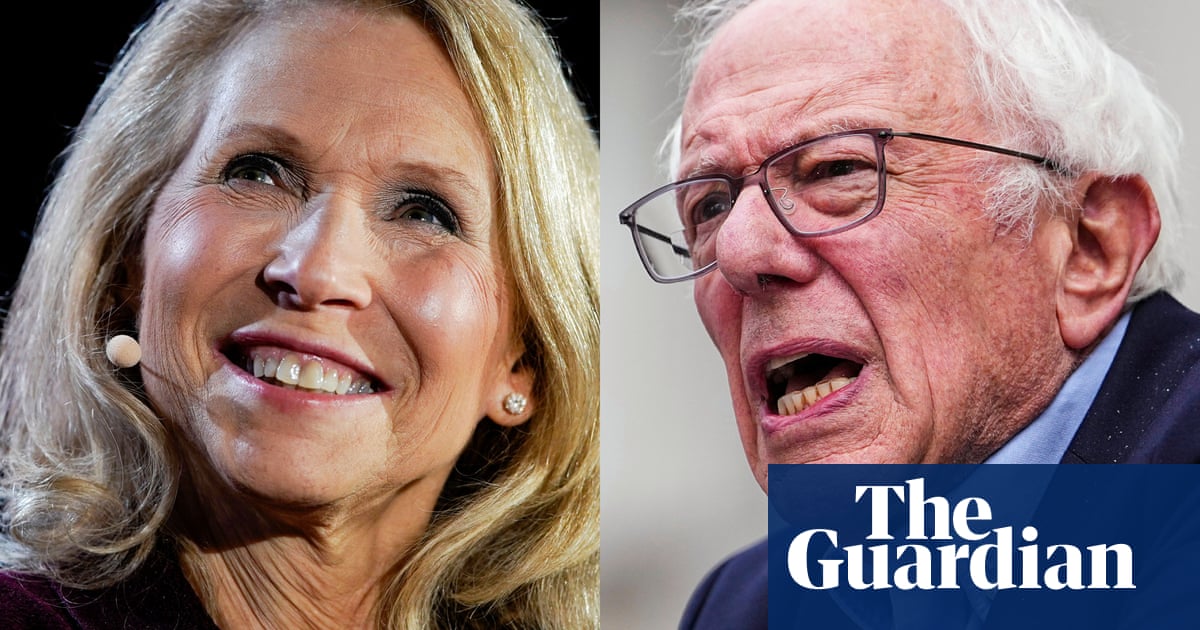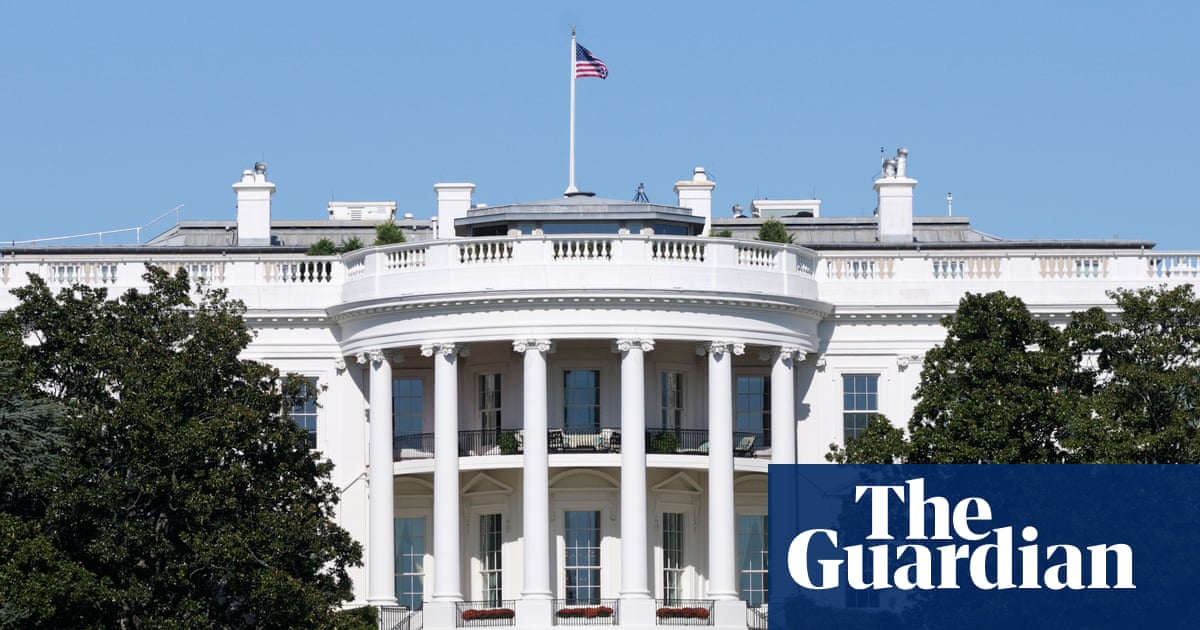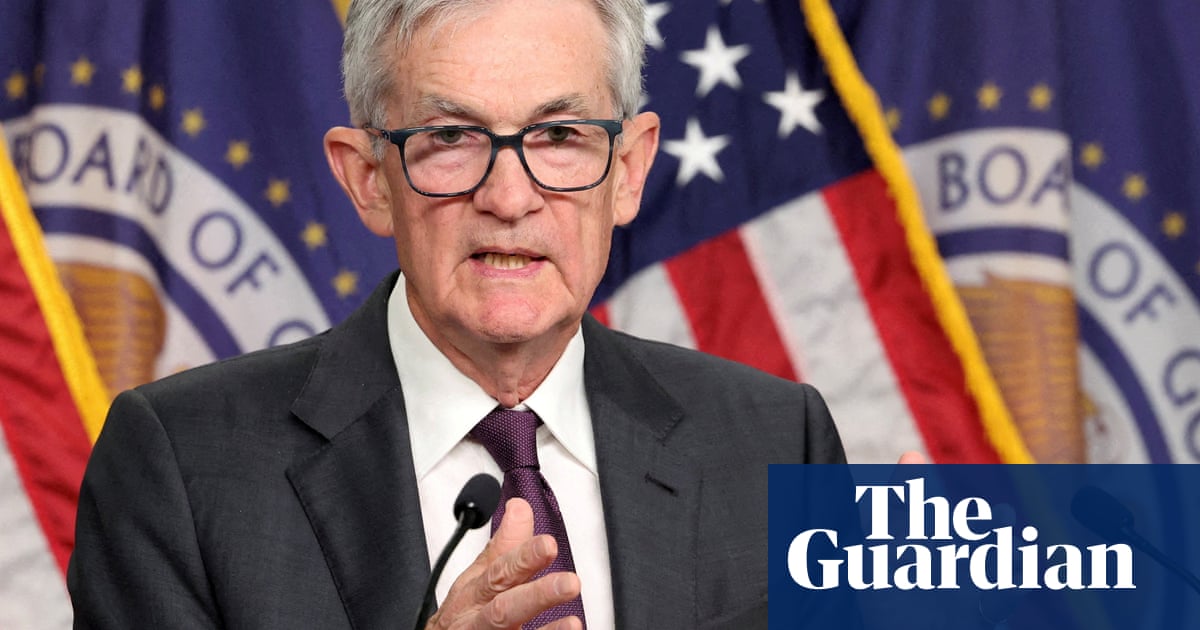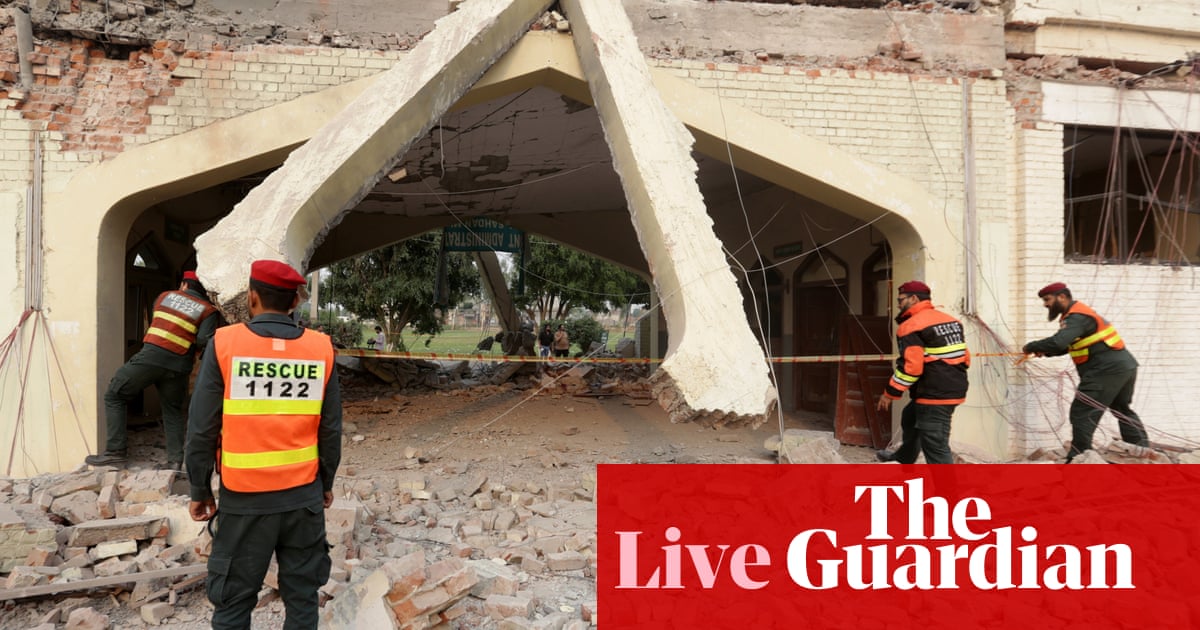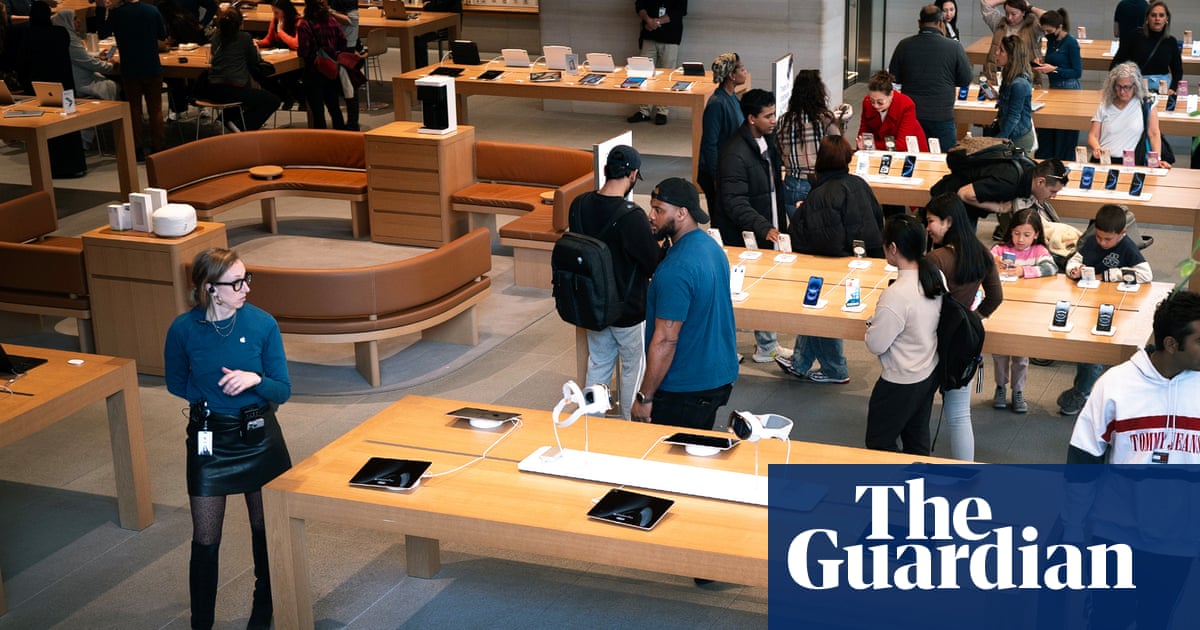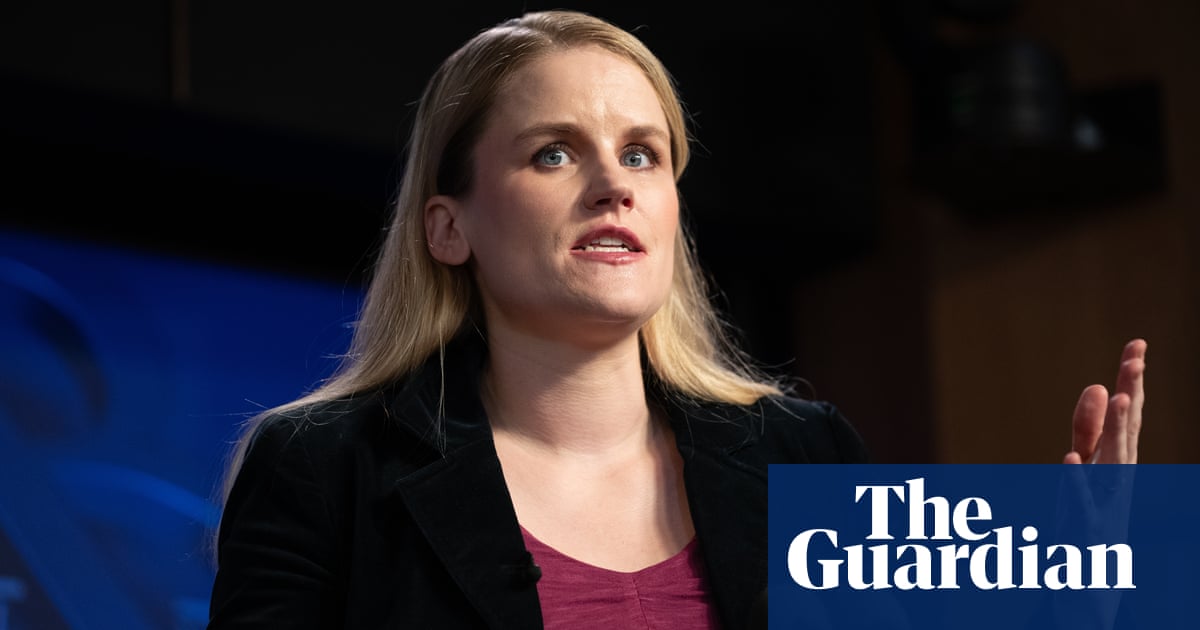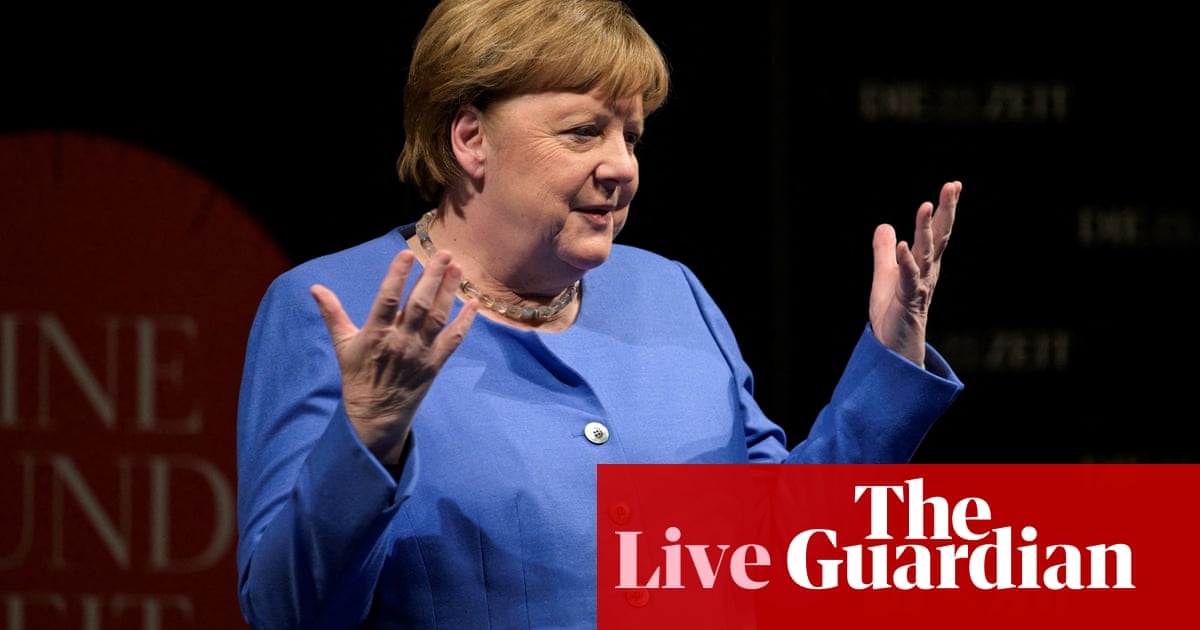The Trump administration is poised to kill federal research into pollution from satellites and rockets, including some caused by Elon Musk’s space companies, raising new conflict-of-interest questions about the billionaire SpaceX and Starlink owner.
The pollution appears to be accumulating in the stratosphere at alarming levels. Some fear it could destroy the ozone layer, potentially expose some people to higher levels of ultraviolet radiation or help further destabilize the earth’s climate during the climate crisis.
The two research projects would have had the potential to eventually lead to new regulations, costs or logistical challenges for Musk’s companies and the commercial space industry, experts say.
They were part of the office of atmospheric research at the National Oceanic and Atmospheric Administration (Noaa), which the Trump administration is now proposing to kill. The administration says it is “eliminating the federal government’s support of woke ideology”, but critics say it’s protecting a prolific donor and political ally.
“Obviously there’s political motivation, and Elon Musk’s business interests are tied up in Noaa’s work,” said Tim Whitehouse, executive director of the Public Employees for Environmental Responsibility non-profit, which has filed a Freedom of Information Act request for emails around the projects.
Whitehouse added: “These are programs the government wanted to build up, that had bipartisan support, and suddenly they’re being gutted with no rhyme, reason or adequate explanation.”
Starlink’s approximately 7,000 satellites provide broadband internet to largely rural customers who can’t otherwise access service. It also provides communication services and internet access to governments and militaries. SpaceX is its parent company and is developing a suite of space rockets.
Since early in the Trump administration, the Musk-led “department of government efficiency”, or Doge, has slashed the federal government as it purportedly looks for ways to save money by cutting services and staff. Musk’s role – given to him by Trump – has generated controversy because he has stood to potentially benefit from some proposed cuts.
In late 2023, a Noaa-sponsored study discovered that metals from spacecraft vaporizing as they re-enter the atmosphere were accumulating in the stratosphere. Follow-up stratospheric measurement flights planned for February would have continued that research. Separately, a multi-space-agency workshop with private industry that aimed to understand the problem’s scope and consider solutions is also on the chopping block.
Both projects were delayed after funding freezes earlier in the administration, even before the broader Noaa cuts targeted them, former Noaa officials said.
Noaa and Starlink did not immediately respond to a request for comment.
As of now, the bulk of the pollution is thought to come from Starlink’s and Amazon’s “mega constellations” that provide broadband internet made up of about 10,000 satellites. As many as 100,000 satellites are expected to be in near-Earth orbit within a decade as a satellite race among nations picks up steam.
Spacecraft can cause problems on their way up and down. Launches emit a range of emissions like black carbon, nitrogen oxides, carbon monoxide, aluminum oxide, chlorine gases and, once in orbit, mercury. When satellites are decommissioned five to 15 years later, they release metals as they vaporize. That’s injecting pollutants into previously pristine parts of the stratosphere, a highly sensitive system, and there’s very little understanding of the consequences.
With the first steps toward meaningful answers likely squashed, Elon Musk and Amazon’s Jeff Bezos, for the time being, are effectively in charge of the stratosphere’s health.
The late 2023 Noaa-sponsored stratospheric measurement flight found metals in sulfuric acid aerosols that make up much of the stratosphere, which are thought to play an outsize role in regulating the earth’s temperature. The aerosols may partly function as a planetary “sunscreen” by creating high-level clouds that reflect solar radiation, and they simultaneously keep greenhouse gases and pollution from entering the ozone layer from below.
But how the spacecraft metals, naturally occurring metals and sulfuric acid aerosols interact is “largely unknown because we don’t have the observations”, said Chris Maloney, a University of Colorado researcher who co-authored the 2023 paper on the stratospheric measurement flights’ findings.
“We’re just taking these small steps to understand this larger topic,” he added.
Aluminum is of special concern because it can degrade the atmosphere, and could cause warming. However, increased aluminum could potentially cause the stratosphere and Earth’s surface to cool because it reflects solar radiation. While that may sound like a positive development, there are also huge risks, said John Barentine, an astrophysicist and industry consultant focused on environmental issues.
“The climate is an incredibly complex system, and when you rapidly perturb that system, you run the risk of chaos,” he added.
after newsletter promotion
Separate 2022 papers highlighted the launch emissions problem. The pollutants emitted from rockets are nearly 500 times more potent in heating the atmosphere as soot released from sources like airplanes. And if launch rates increase as expected, their emissions could cause stratospheric temperatures to increase by 2C (36F), which would degrade the ozone across much of the northern hemisphere.
A budget document detailing the stratospheric measurement flight said the goal was to “significantly advance our understanding of the present day composition, chemistry, and dynamics of the stratosphere and their impacts on the climate system”. The previous flights checked the atmosphere in the northern hemisphere, and these, initially planned for January and February, were to measure in the southern hemisphere.
The budget document also details the multiagency “Impact of Spaceflight on Earth’s Climate, Ozone, and Upper Atmosphere” workshop that would have included industry. It planned a $100,000 spring 2025 workshop called “The Impacts of Growing Commercial Space Industry on Earth’s Atmosphere: Research Challenges and Opportunities”.
Former Noaa officials said the new administration quickly froze funding for both projects, and that it benefited Musk.
“These programs are under attack because they come up against strong commercial interests, and commercial interests that want to destroy the programs for their own personal gain,” Whitehouse said.
A private space-industry employee who also worked with government researchers involved with the effort said that among the government’s primary interests was understanding the composition of spacecrafts’ emissions. A spacecraft’s composition and fuel are proprietary information, so researchers need their formula to understand the pollution.
While the workshop could lead to new regulations for the commercial space industry, no one, including space companies, knows the scale and potential problems.
“If they want to cover something up, then they need to know the size and scope of what needs to be covered up,” the employee said. “The size and scope of the problem could catch them by surprise, and they hate surprises.”
Sources say there are no immediate groups that could fill in the stratospheric measurement vacuum, though the European Space Agency is doing some work on that front.
There’s also no clear answer on how to produce spacecraft that don’t pollute because any material that burns up will give off emissions. Having fewer satellites is among the best options, but it’s unlikely industry would willingly agree to that.
“Whatever has the tiniest impact on the earth’s system is what we’re interested in figuring out,” Maloney said.

 15 hours ago
6
15 hours ago
6


